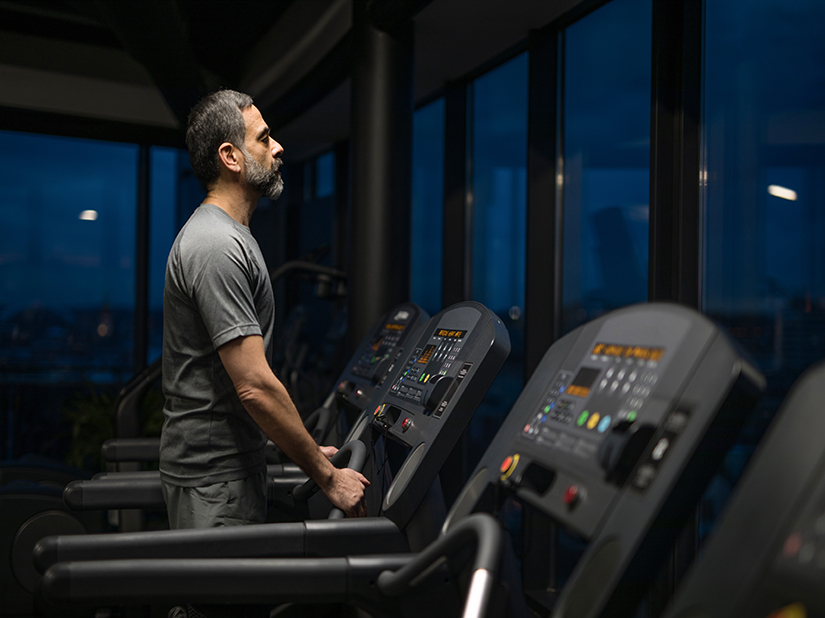Physical fitness is an important goal, as it supports health and longevity. The risk of alarming health conditions can be lessened through regular physical exercise. Unfortunately, we have become less physically active with the progression of technology. While these advances make life easier and more convenient, the resulting lessened activity has had a dangerous impact.
Desk jobs and a sedentary lifestyle increase the chance of weight gain and ensuing obesity — a dangerous health condition. Being overweight makes you more susceptible to life-threatening maladies, like cancer, diabetes, and heart disease. It also detrimentally impacts your ability to get out and enjoy life. The unhappy irony is that the more weight you put on, the harder it is to engage in the physical activity that can help you drop the weight and alleviate the associated risks and dangers. Fortunately, there’s a viable solution — walking.
Weight Loss and The Benefits of Walking
With the growing epidemic of obesity that Americans are experiencing, it may seem surprising that the solution is so attainable. Eating small healthy meals and taking regular exercise is a proven method of losing weight and reversing the dangerous effects of obesity. It’s a very basic formula — take in fewer calories through beneficial eating habits and expend more calories through physical activity.
Time constraints, access to gyms and equipment and financial deterrents can limit how often people exercise. Moreover, people burdened with extra weight may be discouraged from attempting to perform the vigorous activity. This is understandable, but there is a proven solution for walking. Merely walking a single mile can burn about 100 calories. For heavy individuals, this burn is even higher. Gender has an impact too, and men typically burn more calories than women performing the same activities.
Studies demonstrate that regular walks are effective in supporting weight loss. One study focusing on non-athletes revealed the following encouraging statistics:
- One hour of walking 3.2 miles per hour (5 km per hour) burned 90 calories for each mile walked.
- Running one mile at a 6 miles per hour pace burned 90 calories.
- Running only burns about 23 calories more per mile than walking at a brisk pace.
- Walking up hills and inclines increases your calorie burn.
Lean Muscle Mass
Muscles burn more calories than fat. Therefore, the more muscles you have, the more calories you burn. Walking builds your lean muscles, further increasing your body’s metabolic rate, resulting in additional weight loss. This is especially helpful in older individuals, who typically lose muscle mass as they age.
More Benefits
Belly fat retention is a well-known health risk. Weight loss from walking impacts your whole body, including that fatty mid-section. Several studies document the beneficial impact walking has on reducing the waist circumference of men and women.
Exercise is also a great mood booster, due to the release of endorphins — hormones that provide a feeling of happiness — and enhancing your reception of other happiness hormones, like norepinephrine and serotonin. Plus, if you enjoy it, you’re more apt to continue. Since walking isn’t very strenuous, there’s a much better chance you’ll enjoy it.
Essentially, walking supports a healthy lifestyle, results in weight-loss, helps you keep the weight off and puts you in a good mood. Plus, it’s free and easy to incorporate into your daily routine.

Hi all, I ‘m Mark Delano a full-time writer and editor for HealthyMale.com.
I post about products and treatments that work for me.
View My Profile | View All My Posts


